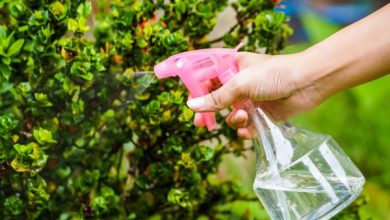How often and how to water my Bonsai?
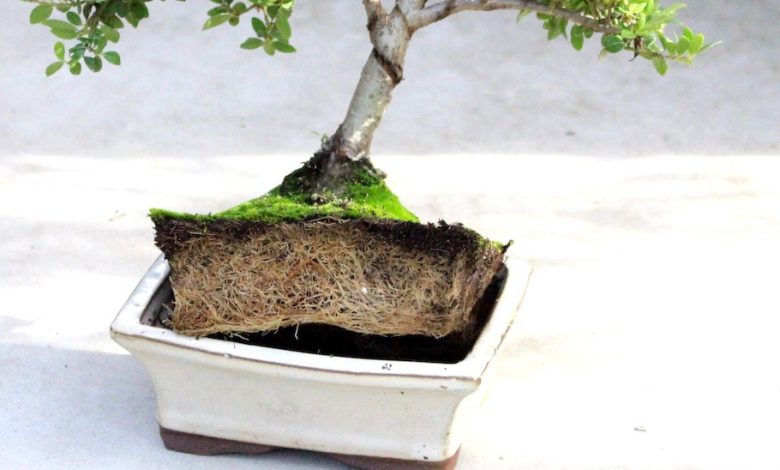
Important points about bonsai watering:
- How many times is a bonsai watered? The short answer to this question is: it depends. Bonsai, unlike other plants, do not do well with frequent or planned watering.
- How do you water a bonsai? The ideal instrument to pour water on a bonsai is a watering can with small holes where it flows slowly. This will prevent the water from falling too quickly.
- What happens when a bonsai dries up? If an irrigation is missed and the soil dries out completely, thebonsai’s roots will too. The first symptoms start on the leaves.
- How do you water a juniper bonsai? The watering of a juniper bonsai must be applied with interest, letting enough water fall in each cycle until the excess sprouts from the base of the pot.
- How to water a ficus bonsai? It should be irrigated with low water flow when the substrate is slightly dry. The good news is that the ficus bonsai is capable of withstanding waterlogging and periods of light drought.
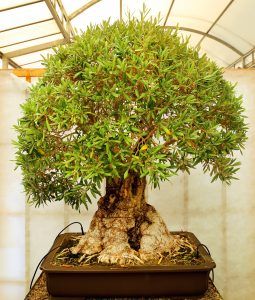 One of the main care of plants is watering and bonsai are no exception to this, they even have their own specific technique.
One of the main care of plants is watering and bonsai are no exception to this, they even have their own specific technique.
To make them prosperous, vigorous and with a beautiful appearance, you must study the irrigation scheme very well.
This will have to be based on 3 main aspects: the type of plant, the place where you have it and the time of year it is.
And since you’ve come this far reading, how about we delve deeper into everything this topic implies?
How many times is a bonsai watered?
The short answer to this question is: it depends.Bonsai, unlike other plants, do not do well with frequent or planned watering.
Strict structures should not be established, but instead bet on risks when they need it.You will check this by reviewing the behavior of the substrate. If it looks loose, it’s time to water. If it is compact, you will have to wait more days.
For added safety, bury a thin branch about halfway up the container and see how it comes out based on the considerations above.
Keep in mind that it’s also not a good idea to let it dry out completely, especially during the summer. Remember that these days the weather is much hotter and the bonsai feel it too.
How do you water a bonsai?
The ideal instrument to pour water on a bonsai is a watering can with small holes where it flows slowly.This will prevent the water from falling too quickly and causing puddles on the surface of the substrate.
The important thing here is that the amount of water is sufficient to penetrate to the depths of the container but not drown the roots. Therefore, you should add it in stages, waiting a few minutes for the soil to absorb the liquid before continuing.
This makes this manual irrigation system preferable and not to use those that are mechanized where it is more difficult to control the flow of water. If you notice that the surface part is very wet, but you do not consider that the watering has been enough, check again after a couple of hours.
Regarding the quality of the water, it is better to choose one that is at room temperature and without chlorine.In fact, if you have the opportunity to collect rainwater and let it sit for a whole night, it would be the best alternative to carry out this process.
And if the bonsai are outdoors and have received rainwater, logically that will count as the irrigation of that moment.
What happens when a bonsai dries up?
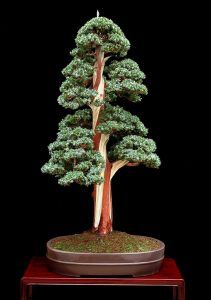 The biggest problem that bonsai have in terms of access to water is that they do not have reserves from which to extract the moisture they need.
The biggest problem that bonsai have in terms of access to water is that they do not have reserves from which to extract the moisture they need.
This means that if an irrigation is missed and the soil dries out completely, the bonsai’s roots will too.
Although it seems that it is a process that will occur gradually, in reality it can progress much faster than we might expect.
The first symptoms begin on the leaves, which will gradually wither and fall off.When action is taken in time and the watering failure is corrected, it is possible to rescue the bonsai, but you will have to be disciplined in the future.
How do you water a juniper bonsai?
The watering of a juniper bonsai must be applied with interest, letting enough water fall in each cycle until the excess sprouts from the base of the pot.It is important, as we mentioned above, that the watering can used has very small holes, so the flow will be low.
This is a species that needs moisture support during the summer days, which tend to be so hot. To do this, apply sprays with the irrigation water on the crown occasionally (not daily) to ensure that it obtains just what is necessary.
How to water a ficus bonsai?
 The ficus represents one of the easiest species to work as bonsai because they tend to have a very low level of demand.
The ficus represents one of the easiest species to work as bonsai because they tend to have a very low level of demand.
This implies that you will have to practice watering with low water flow when you see the substrate slightly dry.
The good news is that the ficus bonsai is capable of withstanding waterlogging and periods of light drought.
But, above all, that they are not very frequent because if this becomes a habit it could significantly compromise your health.
Other important considerations have to do with the use of a good substrate, since its correct choice will help make drainage more efficient.
In addition to that, the bonsai container should have holes at the bottom through which the excess liquid can flow without complications.
Bibliographic references
- Art and Technique in Bonsai, C Pessey – 1996 – books.google.com
- The Art of Bonsai, C Oddone – 1992 – sidalc.net
- Feasibility Study for Bonsai Production in Tegucigalpa, OW Mejía – 1998 – bdigital.zamorano.edu
- Nursery for the production of plants destined for forest restoration and cultivation of bonsai of forest species in the tm of Castellón de la Plana, FJ Porcar Orihuela – 2015 – riunet.upv.es
- Design and construction of a prototype for temperature and humidity control of a bonsai tree nursery, LM Tapia Espinoza, DE Zapata Freire – 2012 – bibdigital.epn.edu.ec
- Bonsai: Miniature Trees, P Lesniewicz – 1982 – books.google.com
Maybe you are also interested in:
- Outdoor Bonsai: [Characteristics, Care, Types and Sun Exposure]
- Indoor Bonsai: [Characteristics, Varieties, Care and Irrigation]
- Caring for a Bonsai: [Irrigation, Sun Exposure, Pruning and Fertilizer]
- Carmona Bonsai Care: [Earth, Humidity and Pruning]
- Bonsai Pests and Diseases: How to Identify and Treat Them
- Types of Bonsai: [According to Size and Shape]


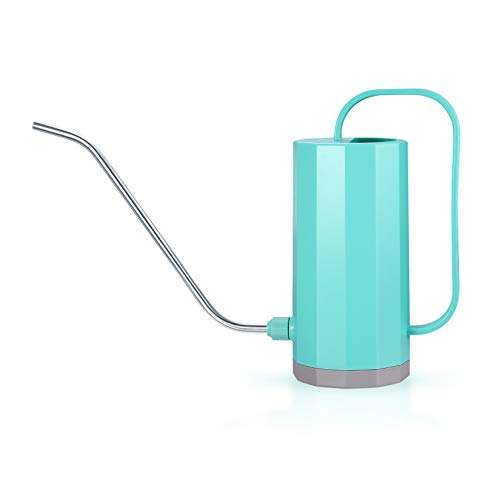
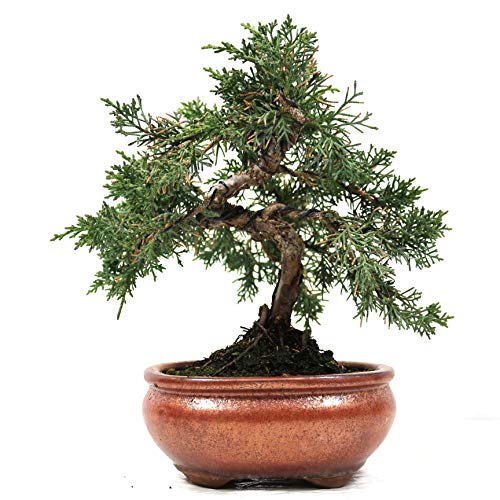
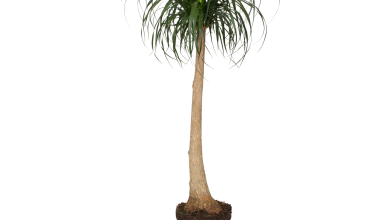
![Photo of Continental Climate: [Characteristics, Flora, Fauna and Adaptability]](https://www.complete-gardening.com/wp-content/uploads/2022/08/continental-climate-characteristics-flora-fauna-and-adaptability-390x220.jpg)
![Photo of Indoor Hanging Plants: [15 Examples + Care, Watering and Substrate]](https://www.complete-gardening.com/wp-content/uploads/2022/08/indoor-hanging-plants-15-examples-care-watering-and-substrate-390x220.jpg)
